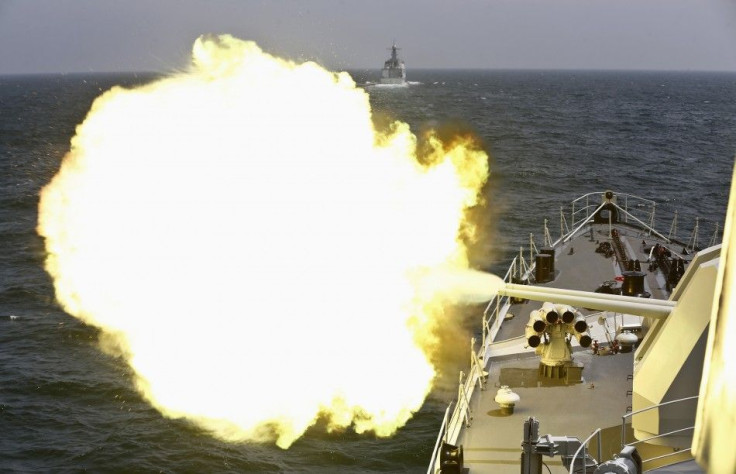Long-Range Nuclear Missiles Aboard China's Stealth Submarines Can Reach US, Western Pacific And Beyond

China's almost impossible-to-detect stealth JIN class submarines armed with nuclear JL-2 ballistic missiles are already prepared to conduct initial patrols with the missiles by the end of this year, an annual report submitted by the U.S.-China Economic and Security Review Commission to Congress in November revealed.
This meant that China's stealthiest submarines are ready to launch nuclear missiles targeting the U.S., with the latter perhaps already late to outmaneuver it. "For the first time in history, China's nuclear arsenal will be invulnerable to a first strike," Nicolas Giacometti, an independent strategist who has written analysis for The Diplomat and the Center for Strategic and International Studies, told Bloomberg News. "It's the last leap toward China's assured nuclear-retaliation capability."
China's nuclear-defense strategy, according to Felix Chang, a senior fellow at the Foreign Policy Research Institute in Philadelphia, is crafted primarily to enable it to retaliate attacks from other nuclear-armed nations, from nearby Russia and India and from far away U.S. The nuclear stealth submarines, the report said, "gives China its first credible sea-based nuclear deterrent."
The report, citing the Pentagon, admitted it wasn't able to secure the size of China's nuclear warhead stockpile since 2006, because China has repeatedly failed to be transparent about its nuclear program. This failure is now worrying global leaders and authorities. Malcolm Davis, an assistant professor of China-Western relations at Bond University on Australia's Gold Coast, said China must ensure that those submarines are "under positive control at all times."
Davis said "positive control" meant China's Central Military Commission must be able to create a stable command and control infrastructure wherein it can keep track of its nuclear assets, including authorization codes. He noted such codes must pass through a certain number of line commanders and other officers before missiles are launched. Otherwise, anyone can just push the nuclear button and kaboom. "The U.S., U.K., France and Russia all maintain such communications capabilities for ensuring positive control of their submarines at sea," he said.
According to the Commission's report, China currently has three JIN class stealth submarines and plans to add two more by 2020. Each has the capacity to carry 12 JL-2 missiles, which has a range of 4,598 miles. Providing visuals, the report said China could conduct "nuclear strikes against Alaska if it unleashed the missiles from waters near China; against Alaska and Hawaii if launched from waters south of Japan; against Alaska, Hawaii and Western continental U.S. if fired from waters west of Hawaii; and against all 50 U.S. states if launched from waters east of Hawaii."
It remains uncertain when China will start the regular patrols by the nuclear-armed JIN-class submarines. But Chang believed they initially conduct this in China's coastal waters and the South China Sea. Davis thinks it would be impossible China's stealth submarines would reach the Western Pacific and beyond, "because they'd have to run the gauntlet of U.S. anti-submarine capabilities."





















